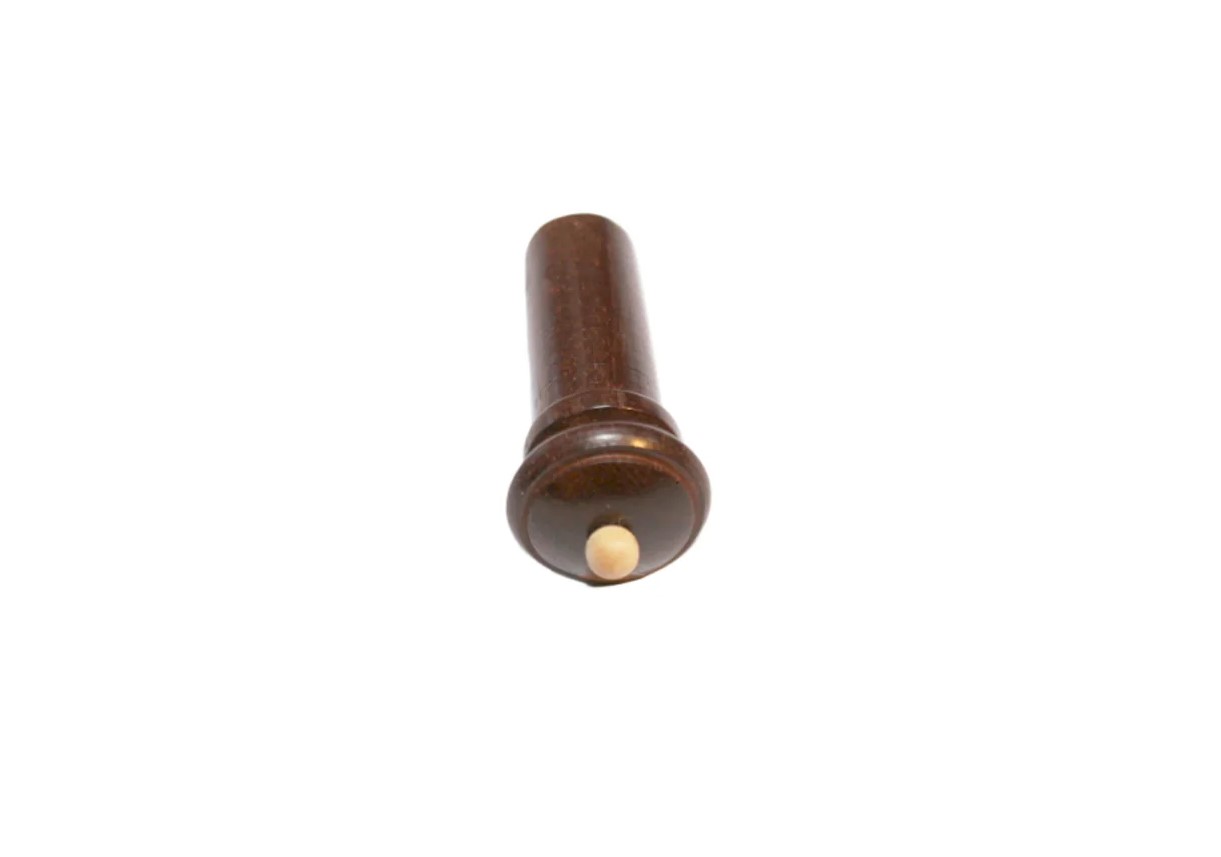End Pin Basics: Why Cellists Depend on This Part

Introduction:
The Unsung Hero of the Cello
When you think of the cello, your mind probably goes straight to its deep, resonant sound, the smooth movement of the bow across the strings, or perhaps even the elegant posture of the musician. But few stop to consider the small yet indispensable component at the base of the instrument: the end pin. Often overlooked by audiences and even beginners, this slim rod plays a crucial role in performance, comfort, and sound production. Whether you’re a seasoned cellist or a curious enthusiast, understanding the end pin—its purpose, design, and impact—sheds new light on the intricate balance between instrument and performer.
Invented in the 19th century, the end pin was a game-changer for cellists. Prior to its widespread use, musicians had to balance their instruments between their calves, which limited mobility and control. The introduction of the end pin allowed for a more stable, grounded playing position and opened the door for enhanced technique and expression. Today, this small component is not only standard but vital, with various designs tailored for different performance needs and personal preferences.
From enhancing stability to influencing sound projection, the end pin serves multiple functions that directly impact a cellist’s performance. Let’s delve into the reasons this “small but mighty” part is essential and how modern variations continue to shape the art of cello playing.
The Purpose of the End Pin: Foundation of Control
The primary function of the end pin is to support the cello in an upright position while the player sits. This allows the instrument to rest securely against the player’s chest and shoulder, freeing the hands to focus solely on finger placement and bow movement. Without the end pin, the cellist would struggle to maintain posture, causing unnecessary tension and fatigue.
Moreover, the end pin plays a pivotal role in providing the necessary resistance that helps generate tone. As the cellist applies bow pressure, the energy is transferred through the body of the instrument down to the end pin, which anchors the cello to the ground. This connection allows for greater resonance and sound clarity.
Materials Matter: What End Pins Are Made Of
While early end pins were typically made from plain steel or iron, today’s options come in a variety of materials, each offering distinct benefits. Carbon fiber end pins are lightweight and reduce the overall weight of the instrument setup—ideal for traveling musicians. Titanium end pins provide strength without compromising sound transmission. Some cellists prefer tungsten, a denser material that enhances tonal depth and projection.
The material of the end pin can subtly influence the instrument’s vibration and resonance. Many professionals experiment with different end pin types to find the one that best complements their cello’s natural acoustics.
Adjustability and Customization
One of the reasons modern cellists rely so heavily on their end pin is adjustability. Most models are retractable or extendable, allowing the player to alter the height to fit their unique playing posture. This flexibility supports ergonomic playing, minimizing strain on the back, shoulders, and wrists.
Some high-end end pins also feature angled tips or pivot mechanisms, which allow the cello to lean toward or away from the player. This can improve comfort during long sessions and can even change how the instrument projects sound into a performance space.
In addition, rubber stoppers, spikes, and specialized end pin holders are available to prevent slippage and protect delicate flooring, offering both functionality and courtesy to venues.
The End Pin’s Role in Sound Production
Beyond its structural purpose, the end pin contributes significantly to the cello’s acoustic behavior. The angle and material of the end pin can affect how vibrations travel through the instrument and into the floor or platform. A secure, well-fitted end pin enhances sustain and clarity, while a loose or poorly chosen one can lead to muddy, diminished sound.
Cellists performing on different stages often find that adjusting their end pin—changing its material, angle, or length—can dramatically alter how their sound carries in the space. This level of control makes the end pin not just a support tool, but a fine-tuning instrument in its own right.
Maintenance and Care Tips
Despite its durability, the end pin requires regular maintenance. Players should check for rust, ensure locking mechanisms are functioning smoothly, and clean the pin to avoid debris buildup that can affect its extension or retraction. Any signs of wear or bending should prompt a replacement, as a faulty end pin can compromise both safety and performance quality.
Conclusion:
Small Part, Major Impact
While it might seem insignificant at first glance, the end pin is truly the unsung hero of the cello. Its influence on posture, comfort, sound quality, and performance flexibility makes it an essential component in every cellist’s toolkit. Choosing the right end pin, understanding its materials and mechanics, and maintaining it properly can make a world of difference in how an instrument feels and sounds. So, next time you admire a beautiful cello performance, take a moment to appreciate the small but mighty end pin—the foundation upon which the music truly stands.
Ready to Upgrade Your Cello Setup?
If you’re looking for high-quality end pins that enhance your performance and ensure lasting reliability, trust KINGLAR—India’s trusted name in string instrument accessories. Whether you’re a student, a seasoned performer, or a teacher recommending the best gear, KINGLAR has the right end pin to match your needs.
Visit Us:
KINGLAR
155/1, Main Road East,
New Barrackpore, West Bengal, India
Call Us: +91-9051144332
Website: www.kinglarviolin.com
Email: kinglarviolin@hotmail.com
Discover the perfect balance of comfort, control, and craftsmanship with KINGLAR’s expertly designed end pins. Your performance deserves the best!

Leave a Reply